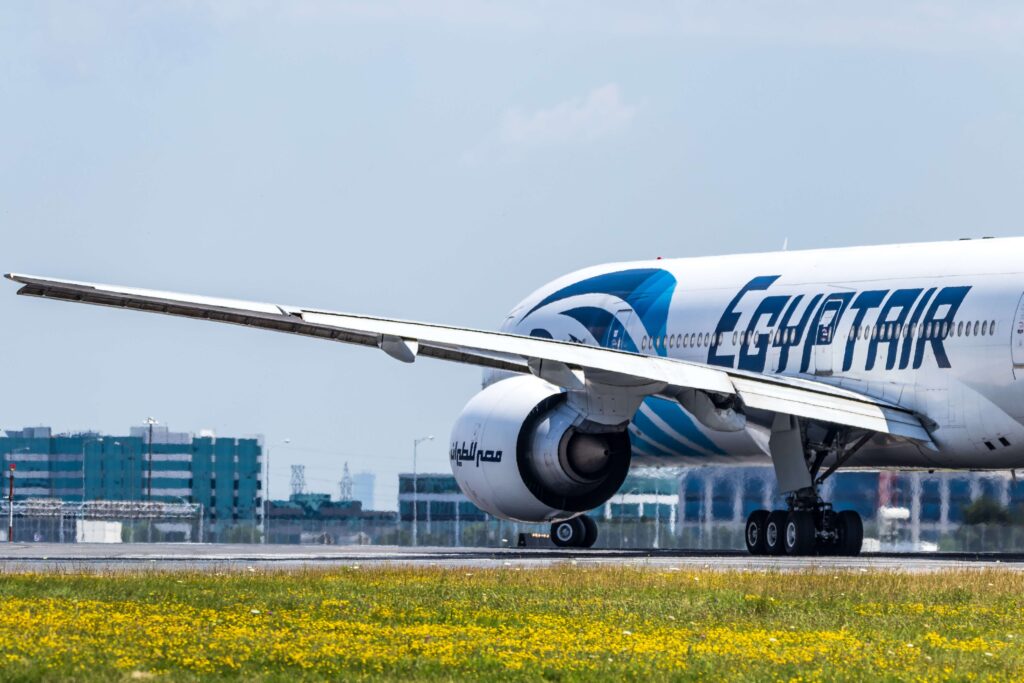The 2020 Africa air transport report, released by the African Airlines Association (AFRAA), reveals a bleak picture of passenger revenue losses for African airlines in 2020. According to the report, African carriers lost an estimated $10.21 billion in passenger revenue for the year 2020. This corresponds with the global decline in capacity and traffic as the available seat kilometers and revenue passenger kilometers fell by 55% and 65% respectively and travel restrictions and closed borders made it virtually impossible to establish international connectivity.
However, domestic traffic has proved to be a lifeline for African carriers accounting for 61.5% of passenger demand on the continent surpassing 23.1% for intra-Africa and 15.1% intercontinental travel. Domestic travel offered 47.7% of seating capacity compared to 27.2% and 25.1% for intra-Africa and intercontinental seating capacities.
Domestic traffic by passengers carried was highest in South Africa and Nigeria. According to the report’s estimations, the Johannesburg to Capetown route recorded over 1.7 million passengers, Durban to Johannesburg over 1.2 million passengers, and Abuja to Lagos with over half a million passengers.
Despite a sharp decline of over 90% in intra-African connectivity, all African regions recorded strong traffic on routes within the continent, especially in Central and Southern Africa. Southern Africa held the highest intra-African traffic by passengers carried on routes such as Johannesburg to Bulawayo, Johannesburg to Harare, and Gaborone to Johannesburg. However, despite the high traffic on these few routes, Southern Africa remains less connected with other regions particularly Western Africa with only 3% route connectivity with the region. North African route, Mitiga to Tunis, was the busiest route with over 300,000 passengers carried in 2020.
Additionally, Cairo and Johannesburg were the busiest airports where annual passenger numbers reached close to 3 million for each airport, followed by CapeTown, Lagos, Casablanca, Nairobi, Tunis, and Addis Ababa. Freight traffic was strongest in East and North Africa as Nairobi Jomo Kenya airport handled more than 330 thousand tons of freight during the year 2020 and Cairo followed with 280 thousand tons.
International passenger traffic was strongest in Northern Africa, supported by routes between Northern Africa and the Middle East with Cairo as the main hub and Egyptair as the main carrier operating the channel. Overall connectivity on the continent, though strong in Northern Africa with 69%, Western Africa with 65%, and Central Africa with 64%, presents the opportunity for further development of intra-Africa connectivity with more direct flights between African airports.

